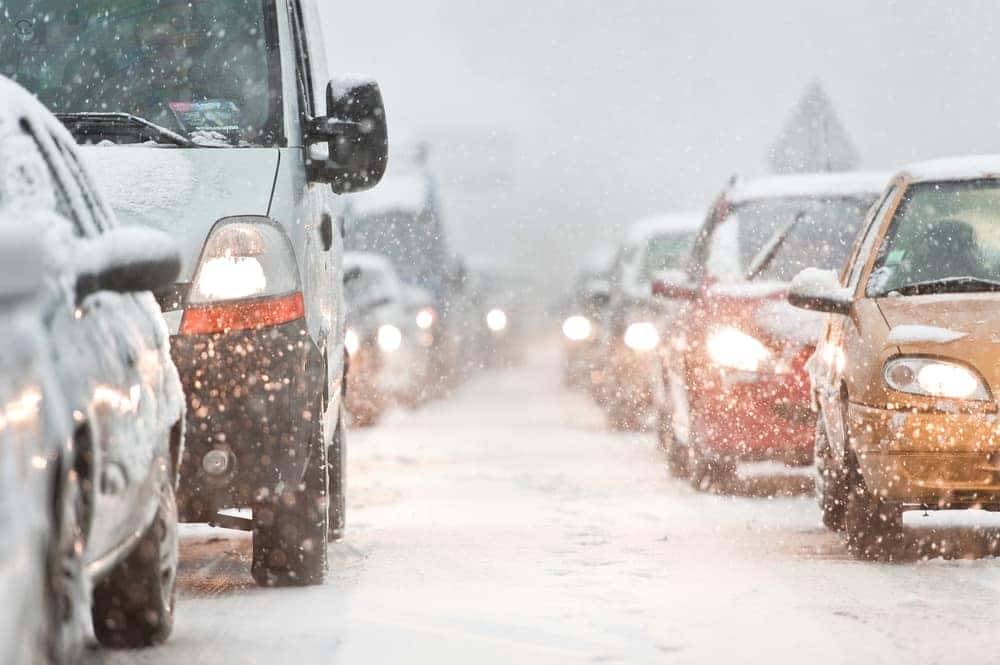Why Cars Use More Gas in Winter: Fuel Efficiency Explained

by AutoExpert | 23 December, 2024
Ever noticed your car seems a bit thirstier when the mercury drops? You’re not imagining things—cars really do guzzle more gas in the cold. But why does your ride turn into a gas hog when it’s chilly outside? Let’s unpack that.
First off, it’s not just your engine being finicky. A bunch of factors play into this, and they tend to hit harder on those quick trips around town than on a long drive. Here’s the lowdown on why cold weather means you're visiting the gas station more often.

Why Cars Love Gas in the Winter
Richer Mix, Please: For your engine to work, gasoline needs to turn into vapor. Cold air? Not great at helping that happen. So, your car compensates by using a richer fuel mix (that’s more gas and less air), especially when you first start it up. This mix means less bang for your buck, fuel-wise, until the engine heats up.
Winter Blend Fuel: In colder spots, gas stations switch to a winter blend that's easier to ignite at low temperatures. Great for easy starts, but not so much for fuel economy because this mix packs less energy.

Thicker Lubricants: Everything that spins or rolls in your car needs some grease, and when it’s cold, those lubricants thicken. Thicker lubricants mean more effort to get moving parts... well, moving, which can drain your fuel efficiency. The good news? Drive a bit, and things loosen up as your car warms.
Electric Extras: Heating elements in your car, like those for your rear-window, mirrors, seats, and steering wheel, plus your heater fan, all need power. That extra demand pulls more from your engine, dropping your miles per gallon. Plus, cold batteries just don’t work as efficiently.

Dense Air & Low Tires: Cold air is denser, making it harder for your car to push through, especially at highway speeds. Cold also drops your tire pressure, increasing resistance on the road, which means your engine works harder. Keeping your tires properly inflated can help fend off some of that cold-weather drag.
Snowy Slowdowns: Ever tried pushing something heavy through snow? Your car feels the same way about snowy roads. Plus, if your tires are slipping and sliding, that’s more work (and more fuel) to get moving.

Idling Isn't Ideal: Sure, hopping into a pre-warmed car feels nice, but idling to heat up burns fuel without getting you anywhere. Driving warms up your car faster and more efficiently.
The Cold, Hard Stats
Believe it or not, cold weather can drop your fuel economy by about 15% at 20 degrees Fahrenheit, and even more (think 24%) if you’re just zipping around for short trips. Got a hybrid? It's even worse, with efficiency down by about 30% to 45% on those quick jaunts.
So, if you’re noticing a dip in your miles per gallon as winter digs in, it’s pretty much par for the course. But hey, understanding why it happens is the first step to squeezing out a few more miles from each gallon, even when it’s frosty out.

















